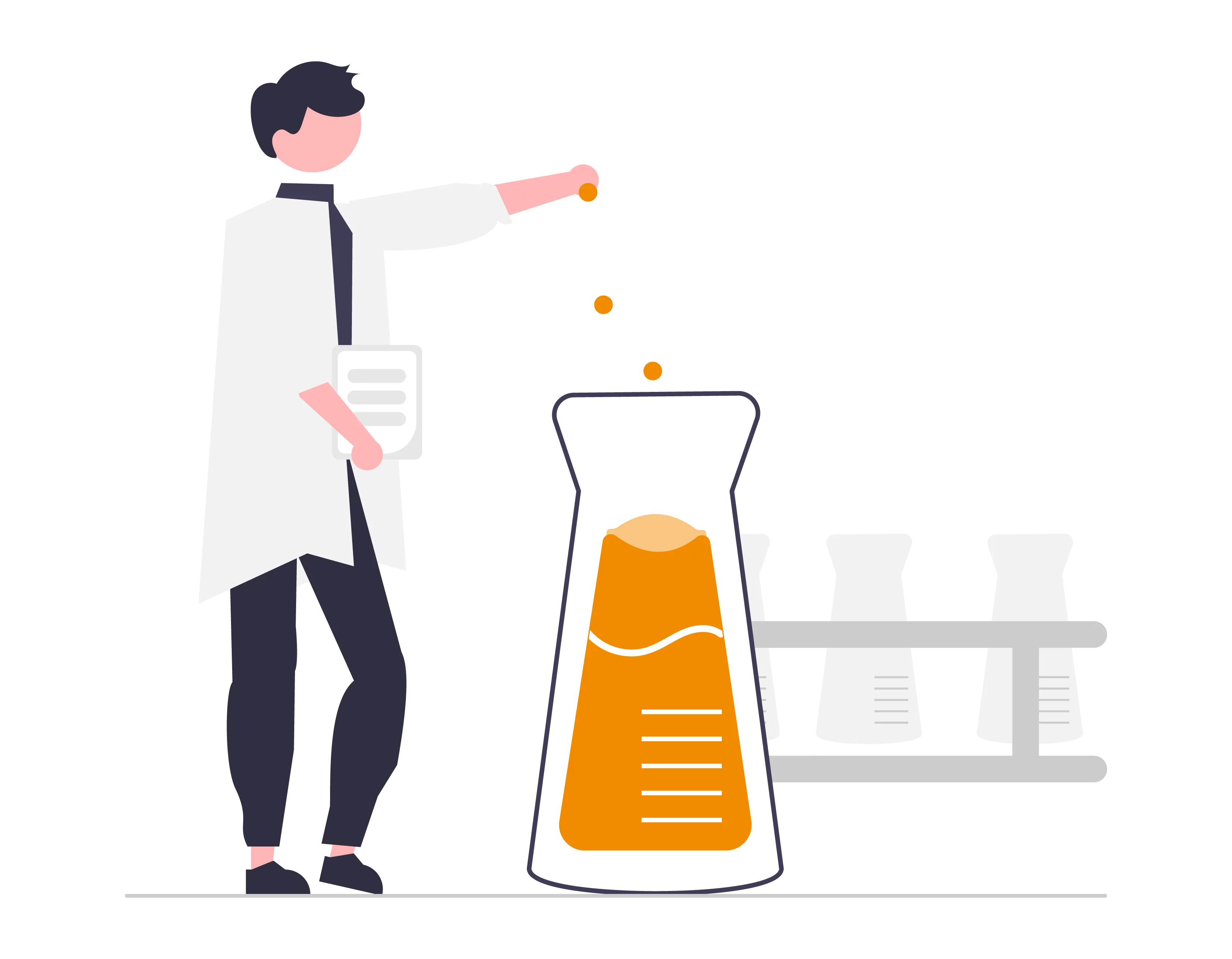The MINDSPACE Framework of behaviour change
As another year builds momentum it is likely most are doing the same thing they do every year … Seeking to change their behaviour in a big or small way to make themselves a ‘better’ person. Yet, likely this time next year (and the year after that) they will be back pretty much where they were.
Likely the new year resolutions are already starting to again fade. As the reality of life, work, kids back at school et cetera welcome those bad habits back with a little bit of pressure from our naughty little invisible devil friend on your shoulder …
“Forget the weight-loss program. Have another smoke, a few drinks, and some chips, to chill out, you REALLY deserve it!”
No matter how much things change, they just stay the same. As change is really hard. Be this quitting smoking or switching to a better bank. Change is hard, and can be scary. Better to stay with the devil you know.
People typically move slowly from starting to think about a behaviour change (precontemplation to contemplation), balancing the pros and cons and risk-reward to trigger a desire to change (preparation), typically after much procrastination they start the necessary action to change their behaviour, then attempt to commit to maintaining the positive behaviour, typically relapsing back to old comfortable ways … hmmm. (Read more via Groundhog Day, Gamification and Commitment-Phobia).
The wrong behaviors are often just so easy, and even pleasurable. To change behaviour can be like swimming against the flow of a rushing stream. Trying to lose weight in a household with entrenched poor eating habits. Or, emotionally associating negative behaviours with positive emotions. Lighting a cigarette or downing few glasses of wine release endorphins providing relief and relaxation to end of a hard day.
Bad habits can define us, our rebellious side. To show others we are not a goody two shoes. Likely our close acquaintances have similar negative behaviours. Binge drinking may be normalised within a group of friends, workmates or family members. It can be hard being the social outcast. Even worse, the cues entrenched into our lives, our homes, workplaces and the environments in which we interact ever remind us to relapse into our old ways. We may reallydesire to change for the better for ourselves, family and others, but it is just way too hard. 🙁
It may seem a sign of strength to go cold turkey, to do it alone and as Nike says ‘just do it!’ Yet, frameworks such as MINDSPACE created by the London School of Economics may provide a more and sustainable pathway.

‘MINDSPACE’
M is for Messenger
‘We are heavily influenced by who communicates information to us.’
Who are you most likely to listen to?
If people we know and trust provides information in relation to retaining or changing our behaviour we are more likely to act. For example, we are more likely to listen to an authority figure we respect, than someone we do not identify with. If we identify with the sales, customer service or advisory (e.g. demographically or their ability to build rapport), we will more likely take their advice. People may be more influenced by an emotional plea from their children than what they see as nagging from friends and family.
I is for Incentives
‘Our responses to incentives are shaped by predictable mental shortcuts such as strongly avoiding losses.’
Deposit money into an account. If you fail give it to someone else.
Research has illustrated that the biggest incentive to sustained change is avoid losses, rather then gains. Rather than solely focusing on the reward of losing weight or changing another behaviour, depositing money into a separate account, which is returned if the goal is achieved, or lost if the goal is not achieved (e.g. given to others) has been found to have a strong influence. Wineries asking visitors to pay a small amount for tastings (and potentially use this as a credit against purchases) has been shown to encourage stronger sales than otherwise. Try before you buy sales programs are shown to be successful as people hate to give something back.
N is or Norms
‘We are strongly influenced by what others do.’
Create new positive norms and define people you wish to emulate.
People watch their friends, family, workmates and the community as to social etiquette and normal behaviour. People go the the restaurants that seem busier, and if the crowd at a restaurant is not smoking in the beer garden, tendency is to follow this social norm to avoid standing out. People are innately insecure and wish to avoid faux pas. This may be following social and cultural norms, workplace behaviours or shadowing parent and trusted mentor behaviour. Rather than promoting and reinforcing negative stereo types as to why some people do not comply, influence is increased from illustrating that a behaviour is the norm. “It’s cool to …”
D is for Defaults
‘We ‘go with the flow’ of pre-set options.’
Set up 'walls' to negative behaviours and easy pathways to positive.
Sometimes it is just easier to stick to the old behaviour. We may wish to switch banks from frustration, but the defaults are set. People get drunk at parties as there are not enticing alcohol-free alternatives on offer. The cigarette is a habitual default at points throughout the day. A day is not complete without knocking off a bottle of wine. Making the bad habits more difficult (e.g. hide or lock away the cigarettes, iPhone, unhealthy food etc) can make these less desirable, and similarly making positive behaviours easier makes them more desirable. Create barriers to the bad habits and simple pathways to good. Rather than retailers offering more options, create smooth pathways to overcome choice anxiety and the right choice.
S is for Salience
‘Our attention is drawn to what is novel and seems relevant to us.’
Create a 'poster' of relevant images to promote positive behaviour.
If you are not relevant you are invisible. Ensuring advertising and other information engages with the target audience is critical. If we can relate the messages to our own lives it is more likely they will act to encourage change. This may be achieved through engaging execution, relevant messaging and images and simplicity in communication. People seek anchors to known that the information is relevant to them, as well as to assist in recalling the message over time. A quirky execution that they view as novel and relevant will remain in their conscious over time.
P is priming
‘Our acts are often influenced by sub-conscious cues.’
Surround yourself with words and images that create positive cues.
Through conscious and subconscious cues, we are more susceptible to the influence of future acts. The the use of some words can make people feel differently – e.g. words such as fitness, healthy etc around the home or office will likely encourage people to take the stairs. Smells can make people feel hungry, calm or energised. Subliminal use of images can also prime behaviours – e.g. positive images, such as happy faces, have been shown to ignite more positive behaviour than unhappy faces.
A is Affect
‘Our emotional associations can powerfully shape our actions.’
Create a positive mood and environment.
People behaviour differently depending on their mood. Negative behaviours such as smoking and excessive drinking and eating or socially undesirable behaviours can come from a wider context of other influences. People in good moods are shown to make unrealistically optimistic judgments, while those in bad moods make unrealistically pessimistic judgments. Happy customers are likely to spend more than grumpy ones. People are more likely to engage in self-destructive behaviours if they are discontent. 🙂
C is for Commitments
‘We seek to be consistent with our public promises and reciprocate acts.’
Tell social network you will be committing to change (with a friend).
Making a public proclamation (e.g. on social media) that a behaviour will be changed has been shown to influence the commitment (other than for politicians, who typically develop immunity to keeping promises). Similarly writing a commitment down has been shown to increase action (e.g. commitment contracts to friends and family). Human nature is also shown to have a strong desire to return a favour (or reciprocate acts) to friends, workmates etc (e.g. “I will if you will”). Having an exercise buddy or accepting a gift increases the desire to return the favour at some point. Marketers using ‘free’ samples can motivate customers to reciprocate.
E is for Ego
‘We act in ways that makes us feel better about ourselves.’
Write down and live the image you wish to be portraying to others.
People act in a way that reinforces the image they wish to portray of themselves. Someone who wishes to be seen as healthy is more likely to exercise diligently. Someone who wishes to be viewed as a party animal is more likely to drink unsafely at the Christmas party. People giving to charities and volunteering to worthy charities have been found to do so at least partly as it makes them feel good about themselves. People who feel good about themselves – e.g. more intelligent, good looking etc – as a result of the store experience are more likely to purchase a product than others.
There are many walls and mountains to cross in changing behaviour. Even with our best intentions, our daily habits, social norms and cognitive biases tempt us away from doing good. The little invisible devil on our shoulder is much stronger and fun than the opposing goody angle.





